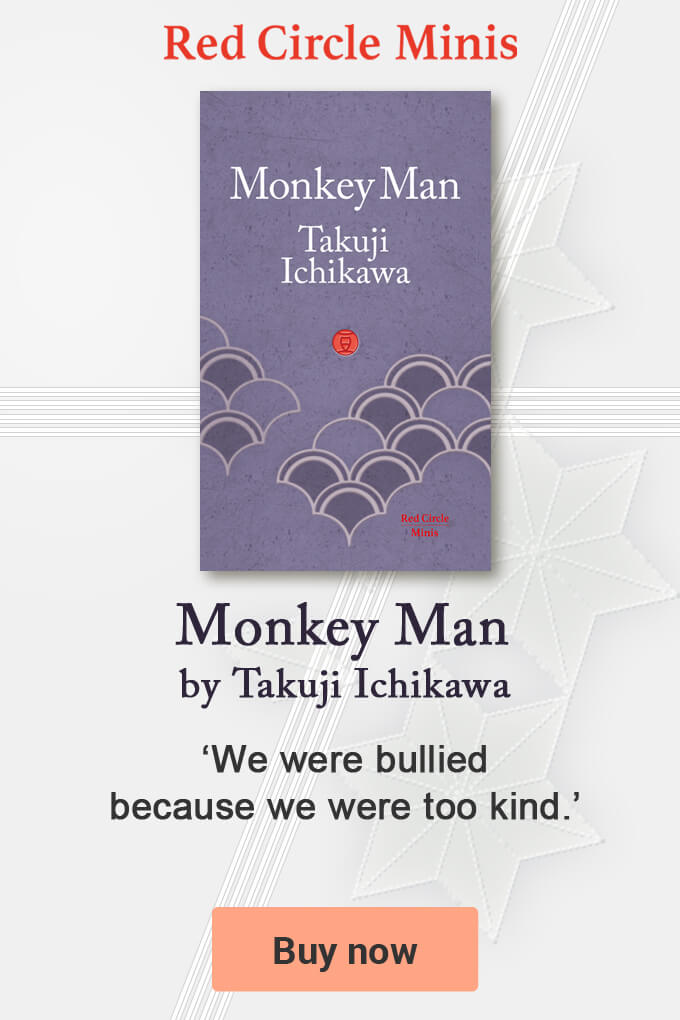- Regulation
The translation of ‘Lady Chatterley’s Lover’ triggered Japan’s first post-war obscenity trial, in 1951[UPDATED: 11-5-2021]
After Japan signed the San Francisco Peace Treaty with Japan in 1951, full sovereignty returned to Japan bringing the Allied Occupation of Japan (1945-1952) to an end.
Japan had a new constitution, originally drafted in English that it was putting into place in translation. Legal responsibility for its implementation and new rules and regulations transferred back to Japanese control. This included the regulation of the press, publishers and the media.
During the occupation various controls existed including General Headquarters (GCQ), for instance, determining which foreign books could or could not be published in Japanese translation.
Despite this, Japan’s new constitution, drawn up by GCQ and ratified in 1947, prohibited all forms of censorship and guaranteed freedom of expression. This was a major change to the regulations that governed publishing in Japan, which had seen very limited development since major changes to these laws were implemented in a flurry of new regulations in Japan’s Meiji Era (1868-1912), when newspaper and magazine publishing started to flourish.
The post-war, liberal Western-influenced and controlled, atmosphere had a major impact on Japan, even on its publishing. This encouraged the setting up of thousands of new publishing houses and new waves of books arriving in Japan in Japanese translation, often for the first time.
In June 1950, a new self-regulation body was established. This became known as the Publishing Morals Committee, Shuppan Butsu Fuki Iinkai. And it was established shortly after the publication in spring of the same year, of Lady Chatterley’s Lover in Japanese translation for the first time.
The book by D.H. Lawrence (1885-1930), which was first published in 1928, was translated into Japanese by Sei Ito (1905-1969) and published by Oyama Publishing.
The publication of Lady Chatterley’s Lover tested these new laws and a trial took place on the grounds of Lady Chatterley’s Lover’s content being obscene. A trial that went all the way to Japan’s supreme court, setting a legal precedent that lasted for decades.
The Supreme Court decision, in this first post-war obscenity trial, defined obscenity as anything “unnecessarily sexually stimulating, (which) damages the normal sexual sense of shame of ordinary people, or is against good sexual moral principles”.
According to Kristen Cather in The Art of Censorship in Postwar Japan,“ The Chatterley trial staged a very public struggle to define literary, cultural, and legal identity, engaging a far-reaching debate over the relationship of domestic Japanese and imported Western traditions”.
The Japanese Supreme Court concluded that parts of the book, consisting of about 80 pages, were obscene and banned those sections from publication and fined the translator and publisher in a landmark decision that concluded that the sex in Lady Chatterley’s Lover was not normal and was against good sexual moral principles.
Despite Japan’s long history of erotic publishing of woodblock prints including Shunpon and shunga in the Edo Period (1603-1688), erotic guidebooks and tales of man-eating demon women, this imported fictional prose about Lady Chatterley and the day-to-day life of her English gamekeeper, that in addition to their intimate adulterous relationship includes “peripheral” passages on pheasant raising and managing a shooting estate, was deemed obscene.
A subsequent trial relating to an abridged translation by Tatsuhiko Shibusawa (1928-1987) of a version of Histoire de Juliette by the Marquis de Sade (1740-1814) also led to a successful conviction.
Interestingly Shibusawa, a relative of Eiichi Shibusawa (1840-1931) one of Japan’s most influential early industrialists who helped found many companies including the first Western-style paper mill in Japan in 1875, had written his graduation thesis on the Marquis de Sade.
The lengthy nine year trial dragged in several famous Japanese authors as witnesses including Shusaku Endo (1923-1996), Shohei Ooka (1909-1988) and the Nobel Prize-winner Kenzaburo Oe helping increase Shibusawa’s public profile.
For some Japanese critics, even today, pornography and the publication of materials that are on the periphery of falling within scope of Japan’s official definition of the obscene is seen as a subversive tool through which to resist the authorities and assert a type of cultural national independence.
That said, Lady Chatterley’s Lover, however, was not just controversial in Japan. It was banned in the United Kingdom until Penguin books won a landmark obscenity trial in 1960 allowing its full publication in English. This decision had a profound cultural and social impact in Britain.
It was only in 1996 that the full book was finally published in Japan in Japanese, which allowed newspapers in Britain and America to report on this publishing breakthrough with such headlines as: Japanese to see more of ‘Lady Chatterley’ and ’Chatterley’ to bare all in Japan.
As academic interest in historically ‘obscene books’, many of which seem unremarkable in today’s light, increases, libraries like the British Library are starting to digitise their online collections and are making them available to researchers worldwide through collections like the Gale’s Archives of Sexuality and Gender.
These books are no longer concealed in special sections in libraries and are just a click away for some subscribers and library users.

